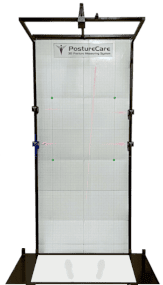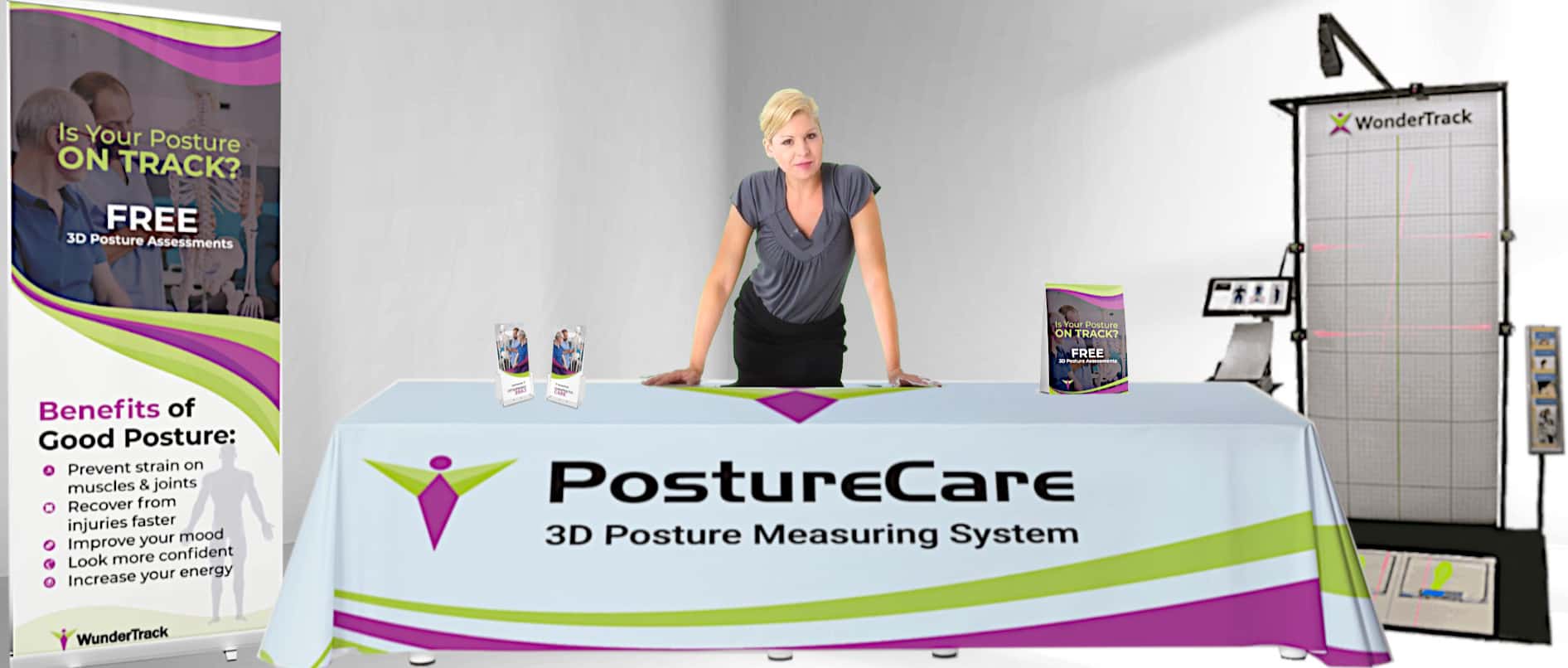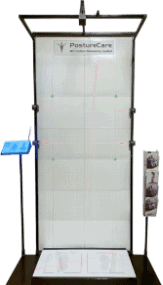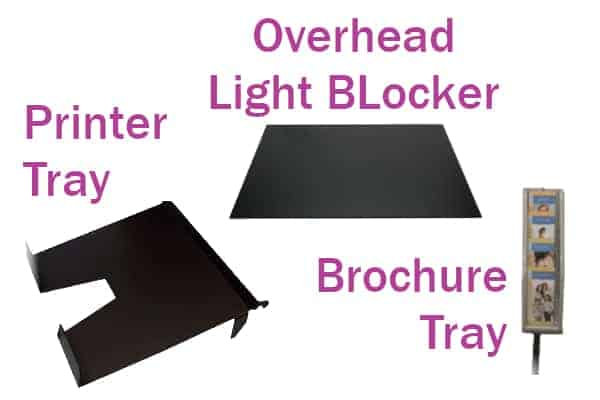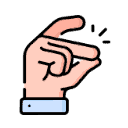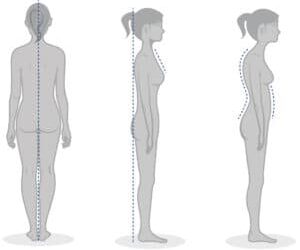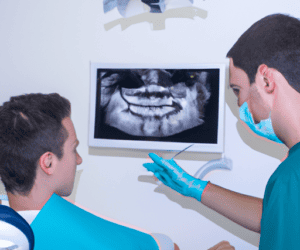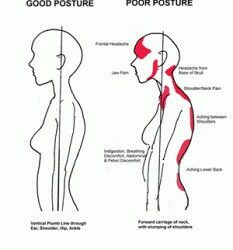Introduction
Posture assessments play a pivotal role in understanding the state of our musculoskeletal health and overall well-being. In an increasingly sedentary world where prolonged hours at desks and screens are the norm, assessing and correcting poor posture is more important than ever. Proper posture not only helps prevent musculoskeletal issues but also enhances confidence, reduces pain, and supports optimal physical performance. This article explores the significance of posture assessments and delves into two primary approaches for evaluating posture, each with its own set of advantages and disadvantages.
Why Posture Assessments Matter
Posture assessments are vital for several reasons. First and foremost, they offer insights into the alignment of the skeletal system and musculature. Poor posture can lead to muscle imbalances, joint strain, and chronic pain, potentially causing long-term health issues. By identifying and addressing posture problems early on, individuals can mitigate these risks.
Moreover, posture assessments serve as a foundation for improving physical performance. Athletes, in particular, rely on good posture for optimal function and to prevent injuries. Proper posture optimizes muscle activation, balance, and coordination, which are crucial for athletic endeavors. For the general population, maintaining good posture enhances confidence and body language, contributing to a positive self-image.
To assess posture effectively, professionals and individuals can employ two primary methods: visual assessment and technological assessment. Each method has its own strengths and limitations, making them suitable for different scenarios and preferences.
Visual Posture Assessment
Visual posture assessment relies on the trained eye of a qualified professional, such as a physical therapist, chiropractor, or fitness trainer. This approach involves observing the individual’s posture from various angles and assessing the alignment of different body parts. Visual assessments can be conducted in real-time during activities or through static postural analysis.
Pros of Visual Posture Assessment:
1. Personalized Evaluation: Visual assessments provide a tailored evaluation of an individual’s posture. A skilled practitioner can offer personalized recommendations and exercises to correct specific issues.
2. Cost-Effective: Visual assessments are generally more affordable than technological alternatives, making them accessible to a wider range of individuals.
3. Immediate Feedback: Professionals can provide immediate feedback and guidance during the assessment, allowing for on-the-spot corrections and adjustments.
4. Comprehensive Analysis: Visual assessments consider the whole body and can take into account factors such as gait, movement patterns, and functional limitations.
5. No Special Equipment Required: Visual assessments do not rely on specialized equipment, making them versatile and easily integrated into various healthcare and fitness settings.
Cons of Visual Posture Assessment:
1. Subjectivity: The accuracy of visual assessments depends on the expertise and experience of the practitioner. Variability among assessors may lead to inconsistent results.
2. Limited Quantification: Visual assessments lack precise measurements and quantifiable data, which can hinder tracking progress over time.
3. Limited Visibility: Some posture issues may not be immediately apparent or may only become visible during specific movements or activities.
Examples of Visual Posture Assessment Tools:
a. Plumb Line: A string or weighted line that is used to assess alignment by comparing it to specific anatomical landmarks on the body.
b. Observation Grids: Grids or templates that provide a visual reference for assessing body alignment and angles.
c. Mirror Reflection: The use of mirrors to allow individuals to observe their own posture and make adjustments.
Technological Posture Assessment
Technological posture assessment involves the use of specialized tools and equipment to provide objective data about an individual’s posture. These assessments often include the use of sensors, cameras, and software to capture and analyze postural data. Common examples include 3D motion capture systems, pressure sensors, and smartphone applications.
Pros of Technological Posture Assessment:
1. Objective Data: Technological assessments provide precise and quantifiable data, enabling accurate tracking of progress and changes in posture over time.
2. High Precision: Advanced sensors and software can detect even subtle postural deviations that may be missed by the naked eye.
3. Documentation: Digital records of posture assessments can be easily stored and shared, facilitating communication between healthcare professionals and clients.
4. Immediate Feedback: Some technological tools offer real-time feedback, allowing individuals to make immediate adjustments to their posture.
5. Research Applications: Technological assessments are valuable in research settings, enabling the study of posture-related issues and interventions.
Cons of Technological Posture Assessment:
1. Cost: High-quality technological tools can be expensive, limiting accessibility for some individuals or healthcare settings.
2. Limited Accessibility: Not all regions or healthcare facilities may have access to advanced posture assessment technology.
3. Lack of Personalization: While objective, technological assessments may not always offer personalized recommendations for correction.
4. Learning Curve: Professionals may require training to effectively use and interpret data from posture assessment tools.
Examples of Technological Posture Assessment Tools:
a. Inertial Measurement Units (IMUs): Small wearable sensors that record movement and orientation data, often used for motion analysis and gait assessment.
b. 3D Scanners: Devices that create a three-dimensional model of an individual’s body, allowing for detailed postural analysis.
c. Pressure Mapping Systems: Sensors placed on surfaces like chairs or foot mats to measure pressure distribution and posture.
Conclusion
Posture assessments are essential for maintaining musculoskeletal health, enhancing physical performance, and preventing chronic pain. Two primary approaches, visual and technological assessments, offer unique strengths and limitations.
Visual assessments, conducted by trained professionals, provide personalized evaluations, immediate feedback, and comprehensive analysis. They are cost-effective and require no special equipment but are subject to variability and lack quantifiable data.
Technological assessments, on the other hand, offer objective and precise data, enabling accurate tracking and research applications. However, they can be costly, have limited accessibility, and may not always provide personalized recommendations.
Ultimately, the choice between visual and technological posture assessments depends on individual needs, goals, and resources. A combination of both approaches may offer a comprehensive understanding of posture and support tailored interventions. By prioritizing posture assessments, individuals can take proactive steps towards better musculoskeletal health and overall well-being.
Takeaway Points:
1. Posture assessments are crucial for musculoskeletal health, physical performance, and overall well-being.
2. Visual assessments, conducted by trained professionals, offer personalized evaluations and immediate feedback but are subject to subjectivity.
3. Technological assessments provide objective and quantifiable data, but they can be costly and may lack personalization.
4. Choosing the right posture assessment method depends on individual needs and resources, and a combination of both approaches may provide the most comprehensive insights into posture.


